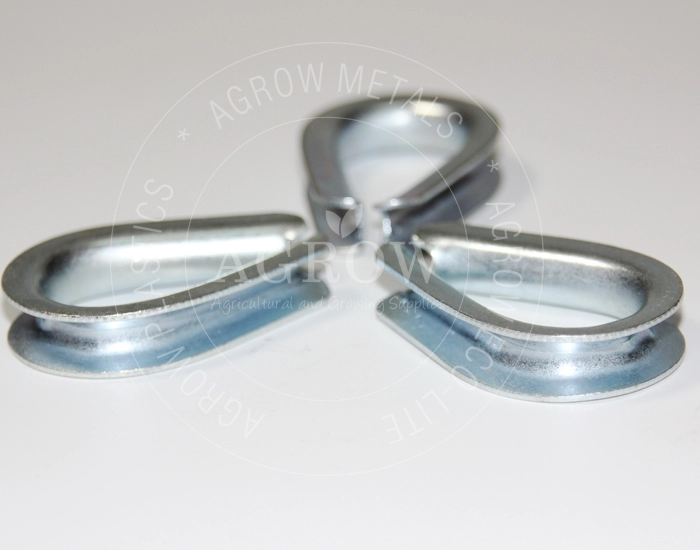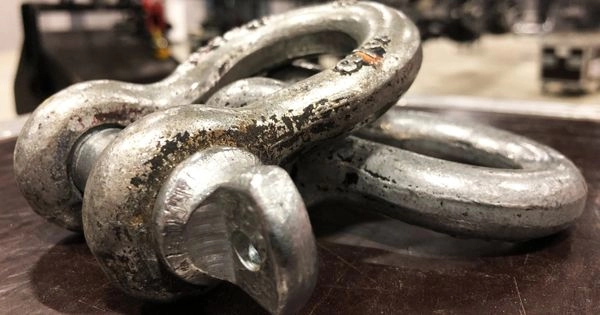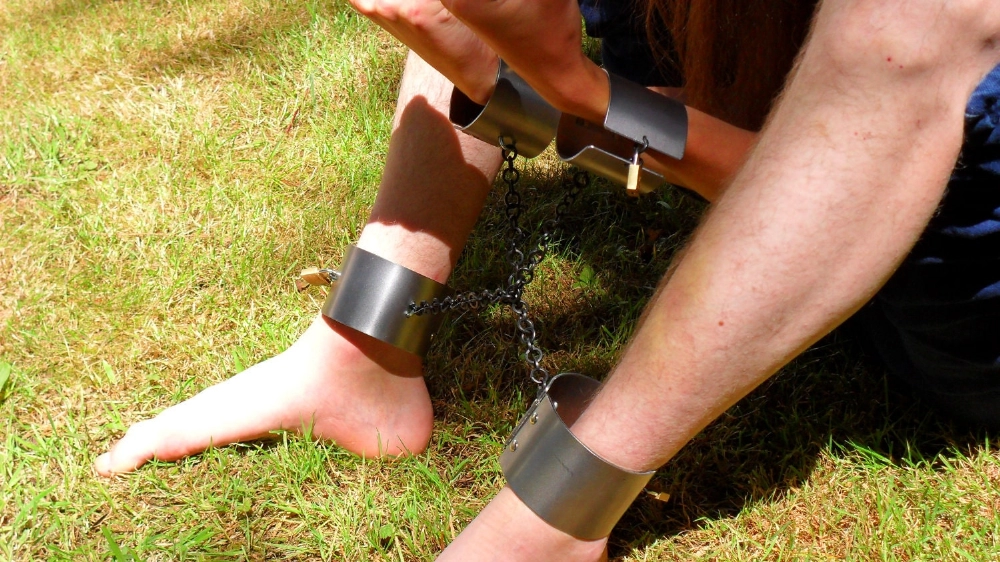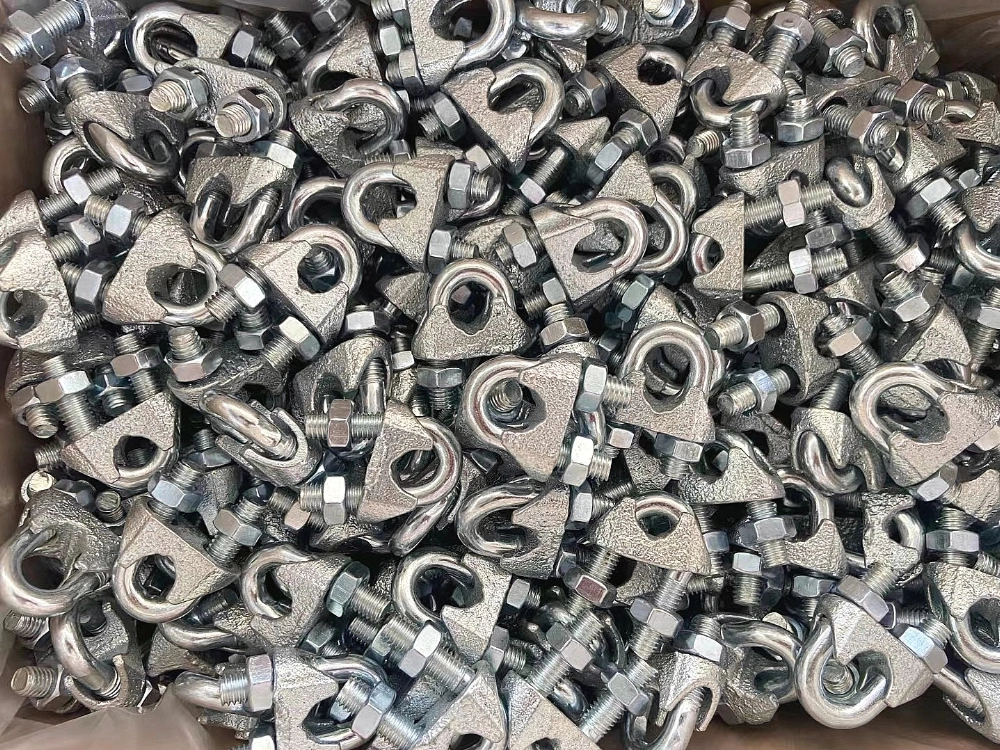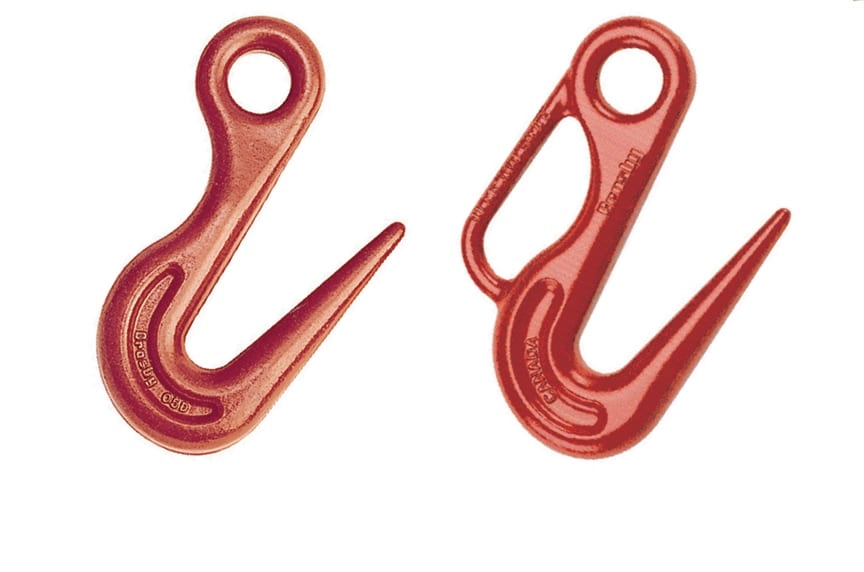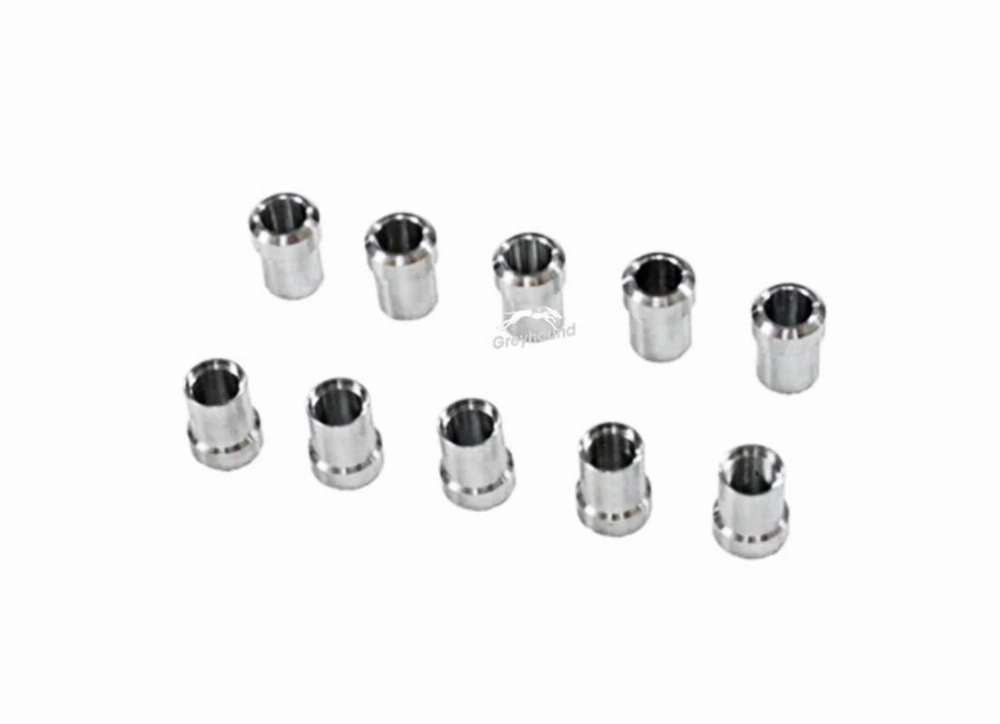Need help? Write to us info@hqlifting.com
- Charging Accessories
- Lifting accessories
- Steel Cable
- Beam cart
- Turnstile for load securing
- Load Ratchet Strap
- Lifting current
- Chain for Load Lifting
- Lifting equipment
- Slings
- Steel Cable Tensioner
- Polyester slingshot
- Load binders
- STEEL HOOK
- Steel Cable Clamp
- Electric winch
- Permanent magnets
- Steel Cable Clamp
- moitão
- Carabiners
- Screw With Eyelet
- Lifting Clamp
- Talha Manual
- Uncategorized
Call our consultants or chat online
+86 151 4514 5178
how to put the rope on the winch
To ensure safety in industrial lifting operations, it is crucial to place the rope on the pulley block correctly. This guide will show how to install ropes in systems with pulleys. This applies to simple pulley blocks and to more complex ones with 3 or more pulleys.
Choosing the right rope for the equipment capacity and type of load is very important. It is necessary to carefully follow the ABNT NBR 12.220 and ISO 4309 standards.
Assembling the block correctly prevents structural problems and ensures safety. Blocks with 3 pulleys require the rope to be placed precisely. This follows the manufacturers' instructions.
To pass the rope through the pulleys, it is important to check if the diameter of the rope matches the grooves of the pulleys. This can be verified in the technical dimension tables.
Keys to Success
- ✅ Check the rope's nominal capacity vs. operational load
- ✅ Adjust the string tension following ABNT protocols
- ✅ Avoid rope overlaps on cardinal blocks
- ✅ Register prior inspections according to NR-12
- ✅ Use ropes with ISO 10575 certification for heavy loads
Fundamentals and Components of Trolley Systems
To assemble a winch, it is essential to understand the components and classifications. The structure includes shafts, mounting arms, and pulley assemblies. Each part has its technical specifications. The choice of type depends on the load capacity and available space.
Identification of Capstan Types and Their Industrial Applications
The systems are classified by:
- Mechanical configuration: Arrangements of fixed and movable pulleys;
- Rated capacity: Specified in kg, according to ISO 4301 standards;
- Gear ratio: Relationship between applied force and lifted load.
Common types include:
- Simple Half Door: 2 pulleys, up to 500 kg. Ideal for small lifts, such as in mechanical workshops.
- Composite Half: 4-6 roldanas, até 2000 kg. Utilizado em indústrias automotivas, com certificação EN 13241.
- Moitão Cadernal: Sistemas com 3+ roldanas para cargas contínuas. Requer técnicas específicas em como montar um moitão com arranjos complexos.
✅ Fator de segurança mínimo de 4:1 é exigido para todos os tipos. A seleção deve considerar parâmetros como altura de elevação e frequência de uso. Isso garante conformidade com normas vigentes. Essas diretrizes asseguram a eficácia e segurança durante a execução de como montar o moitão adequado à aplicação.
Procedimentos de Segurança para Montagem de Moitões

✅ A montagem segura de sistemas de elevação exige atenção técnica e seguir normas internacionais. Para como montar moitão elevação de carga, é essencial fazer uma inspeção pré-operacional. Isso inclui verificar a estrutura, a certificação dos componentes e seguir as normas NR-11, NBR 16259 e ISO 4309.
Inspeção Pré-Operacional e Requisitos Normativos
- Verificar as roldanas: Procurar por desgaste, rachaduras ou deformações.
- Testar a fixação: Asegurar que o torque dos parafusos esteja conforme o fabricante (por exemplo, 8.8 ISO 4017).
- Medir o diâmetro das cordas: Usar um micrômetro para verificar se está de acordo com D:d ≥ 18:1 em sistemas de como montar moitão elevação de carga corda infinita.
Equipamentos de proteção obrigatórios incluem:
- Cabecaletes classe B (ABNT NBR 8221)
- Luvas mecânicas (EN 388) e calçados de segurança (ISO 20345)
- Óculos de impacto (ANSI Z87.1)
Para sistemas com corda infinita, é importante:
- Check the angular alignment of the pulleys (less than or equal to 2° deviation)
- Garantir a compatibilidade entre o diâmetro do canal da roldana e a espessura da corda
Certificações como LRFD (Load Resistance Factor Design) e selos da ABNT asseguram a conformidade técnica. A documentação de inspeção deve conter fotos e medidas.
Procedimento Técnico: Passagem da Corda em Moitões Simples
Para garantir eficiência e segurança, é crucial saber como passar a corda no moitão. This guide shows how to do this correctly. It follows industry standards for simple sheaves.
Step-by-Step Technique for Basic Setup Winches
✅ Mandatory technical steps:
- Preliminary verification: Confirm the rope diameter and MBL (Minimum Breaking Load) compatible with the block's capacity. The rope must comply with ANSI/ASME B30.9 specifications.
- Equipment positioning: Fix the block on a stable surface, ensuring horizontal alignment. Use certified washers for anchoring.
- Start of passage: Insert the rope into the upper left pulley, following the sequence indicated in the manufacturer's manual.
- Pulley switching: Direct the rope alternately between upper and lower blocks, maintaining entry angles between 3° to 5° to minimize friction.
- Initial voltage: Gradual voltage application (≤30% of the maximum load) to position the rope in the pulley grooves.
- Final inspection: Check for the absence of twists, overlaps, or gaps. Document according to ISO 4309.
A how to assemble the winch Correctness is essential. It ensures compliance with safety standards and increases the system's lifespan. Before operating, check certifications such as CE or ISO 13414.
Advanced Procedure: Assembly of Cadernal Capstan with Multiple Pulleys
Assembling a cardinal block with three pulleys requires technical attention. This ensures a mechanical efficiency of 6:1. The process follows strict standards, focusing on safety and load distribution. ✅ Rope calibration and angular alignment are essential to avoid problems.

Configuração de Sistemas Cadernais com 3 ou Mais Roldanas
- Primeiro, fixa-se a corda no bloco fixo com eficiência de 90% da carga de ruptura.
- Em seguida, passa-se a corda na primeira roldana móvel com um ângulo de 90° ±5° para reduzir o desgaste.
- Depois, a corda é redirecionada no bloco fixo, alinhando-se no canal da roldana.
- Alternam-se entre blocos móvel e fixo, completando a sequência em três roldanas.
- Por fim, fixa-se a extremidade da corda conforme as especificações do projeto.
✅ É importante verificar se os eixos dos blocos estão paralelos com tolerância máxima de 2°. Para cargas críticas, use um tensiômetro calibrado para controlar a distribuição de carga dentro de ±10%.
| Parameter | Específicação Técnica |
|---|---|
| Vantagem mecânica teórica | 6:1 (configuração padrão) |
| Tolerância de ângulo de entrada | 90° ±5° |
| Tolerância de paralelismo | Máximo 2° entre eixos |
| Mandatory tools | Tensiometer, alignment level |
Following these steps ensures compliance with ABNT NBR 10420 and ISO 4309 standards. This is crucial for the certification of industrial lifting systems. Proper execution prevents problems in load transmission.
Specialized Systems: Load Lifting Winches with Endless Rope
The pulleys with infinite rope are crucial for continuous and precise movements. The assembly requires technical attention, from the choice of rope to the final inspection. The como montar moitão elevação de carga corda infinita follows strict standards. This ensures the integrity of the structure and compliance with industry standards.

- ✅ Rope sizing: Choose the diameter based on the dynamic load factor. Use a safety factor of 5:1 for common loads and 7:1 in critical situations.
- ✅ Drive installation: Position the engine or crank parallel to the main shaft. Check the torque and stroke limiters before continuing.
- ✅ Rope passage: Follow the how to put the rope on the winch according to the pulley diagram. Keep entry and exit angles between 90° and 120° to avoid damage.
To assemble a winch with a continuous system, the final adjustment involves:
- Initial tensioning with adjustable tensioner (2%–5% of nominal capacity)
- End connections with long splices (30×rope diameter) or certified connectors
- Static load test at 125% of the nominal capacity for 10 minutes
These steps ensure compliance with standards such as ABNT NBR 14.483 and ISO 4309. Final validation requires recording stresses with a strain gauge sensor. This confirms the absence of slack in the rope during continuous use.
Verification, Testing, and Maintenance of Winch Systems
After placing the rope on the winch, it is essential to perform inspection and maintenance. This ensures that everything complies with technical standards and is safe. Preventive maintenance helps avoid problems and keeps the system running well.
✅ Inspection protocols: It is important to follow certified steps after installation:
- Complete visual inspection: Check for deformations, corrosion, or wear on important parts.
- Pulley measurement: Use a digital gauge to check for wear greater than 5% of the nominal dimension.
- No-load test: Check if the system moves smoothly and does not make strange noises.
- Static load test: Apply 125% of the rated capacity for 10 minutes, according to ASME B30.26.
For systems with how to put rope on a block Using cardinal configuration, it is necessary to replace the rope. This happens when the diameter decreases by more than 10% or when 6 wires break in one strand. It is important to record all inspections, including the dates and who performed them.
Maintenance programs must follow a schedule based on system usage. If the system operates all the time, it is necessary to check every two weeks. For intermittent use, inspections can be quarterly. Companies like ISO 4309 and ASME standards set rules for safe operation.
Keeping a detailed operation log is crucial. This ensures traceability and compliance with laws. Strictly following these protocols helps avoid serious problems. It also extends the equipment's lifespan and ensures it meets industry standards.
Share:

June Han /founder and designer
The co-founder of Hqlifting, sales director, amateur writer about fitness business

